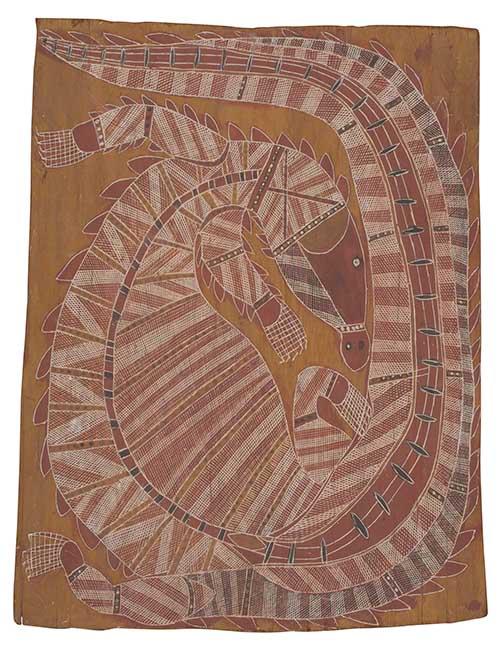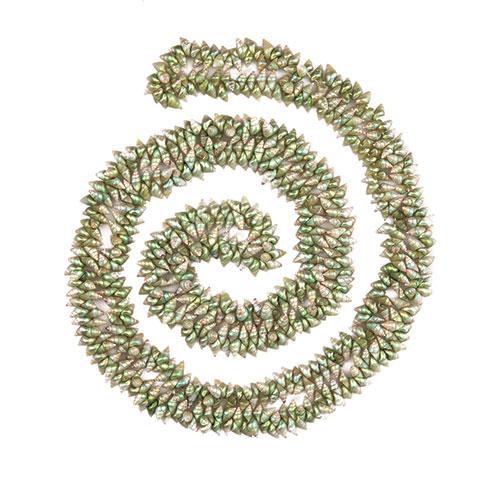
For over one hundred years the regional galleries of Victoria have significantly enriched Australian cultural life. The first galleries were established in the 1880s, and whilst there was a hiatus between the two world wars, from the 1960s they expanded with the institutionalisation of public advocacy for contemporary art, with the network significantly consolidating during Sir Rupert Hamer's government. During the 1970s, the Victorian galleries set the benchmark for other states by documenting historic artists and simultaneously presenting contemporary art and craft of national significance. In the new millennium the Bendigo Art Gallery pushed the envelope further by beginning to stage international loan exhibitions of significant art and design and making a measurable impact upon the local economy against the general trend of economic precariousness in country Australia. Bendigo’s global vision emphasises Eurocentric, aristocratic content. This initiative has stood distinct from the Australian focus of most regional galleries. Although the Ballarat Fine Art Gallery has also launched an entrepreneurial exhibition policy, mounting international content is a challenge.
Recently the Gippsland Art Gallery ported a small slither of the Bilbao effect to East Gippsland with a pleasing and plausible collection of Picasso prints overviewing his easy mastery of many graphic techniques. Foregrounded is the implicit succession of overbearing relationships to the women in his life and how he mined their presence and personality to the point of exploitation. Well may the Guerrilla Girls say that the only way that a woman can get on the walls of major galleries is to be naked. Yet as curator Simon Gregg notes there are occasions where an individual woman impresses herself with such emotional force upon Picasso that his own careerist and formalist needs are totally subsumed by the intensity of that female presence. So often in Picasso’s private life, from the moment of the éclat of that first impact and ensuing obsession, things went rapidly downhill with repercussions upon his partners’ mental health. Picasso’s women are as familiar as if their stories were read to us at bedtime, or they had flickered on the cinema screen or been danced and sung upon the stage. Françoise, calm and assured, her round face framed by brown hair is equally recognisable. She survives Picasso better than many of the other women to become an icon through her memoir Life with Picasso. Dora Maar was intellectually the most talented woman in Picasso’s life: the weeping woman who brought Picasso in contact with a younger generation of creative artists - fashionable, worldly and stylish – her singular character and public strength are encapsulated in the rapidly sketched in details of her necklace in a drypoint – the antithesis of the passive Marie Therese Walther, who made few demands on Picasso and frequently appears as a sleeping nude.
The blue period is represented by the iconic Le Repas Frugal – the gaunt mannerist exaggerations of the body that also launch Picasso’s gifting of the commedia dell’arte to high and popular culture of the first six to seven decades of the 20th century – think of the musical Carnival or the floppy clown dolls of 1960s living rooms. Lithographs reveal his mastery of the textures of strokes on the stone –the portrait of Paloma and Dove being a particularly rich compendium of black and grey shades, form created through tone, line and texture, drawing with line and with the negative technique of white on black, and all effortlessly combined within one picture space but never contrived and overloaded. Many of the works are from the post 1945 period when, assured of his iconic status as genius artist and male archetype, Picasso calmly made informative meditations upon classical white male art history and studio practice. This conventional art history remains steadfastly embedded in the mind of the general public, and still substantially shapes the international art market’s preference for dead white males. No one is the master of self-quotation, self-parody, art historical insight and dexterous slipping in and out of his own symbolism as late Picasso. Woody Allen’s Midnight in Paris and Baz Luhrman’s Moulin Rouge with their fantasies of bohemian life are not too far away. Remarkably all these graphics are from several unnamed Australian private collections, bucking stereotypes of an Australian nationalist focus in private buying as well as public.












